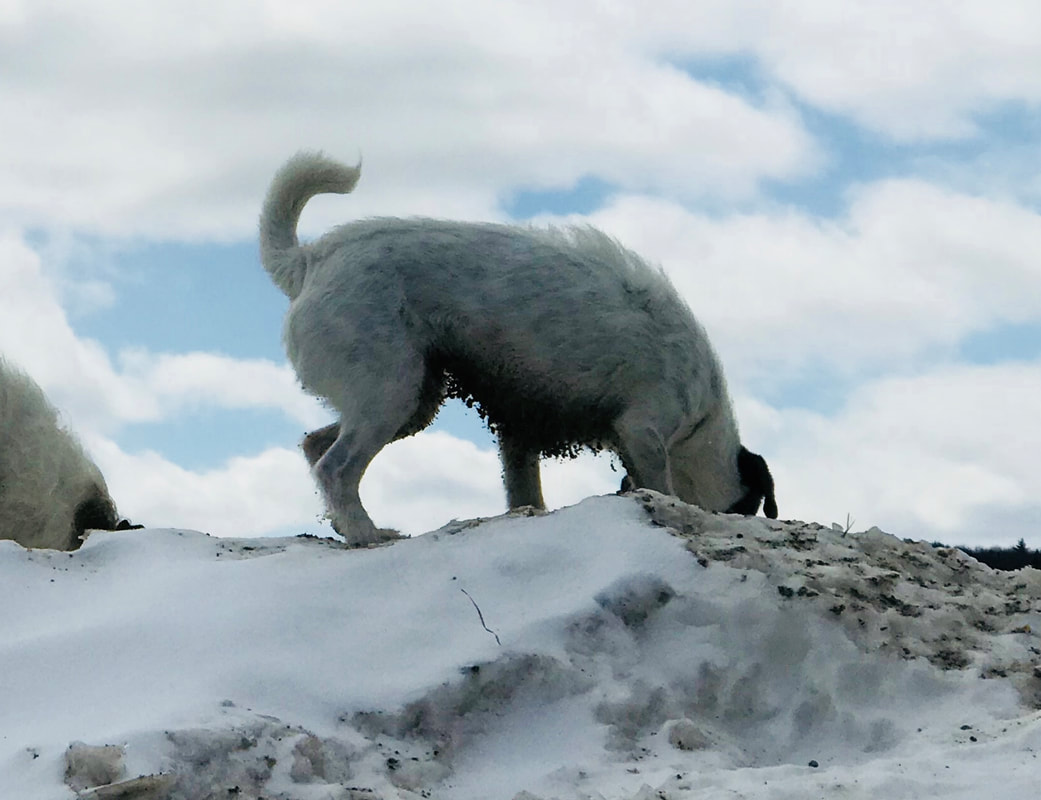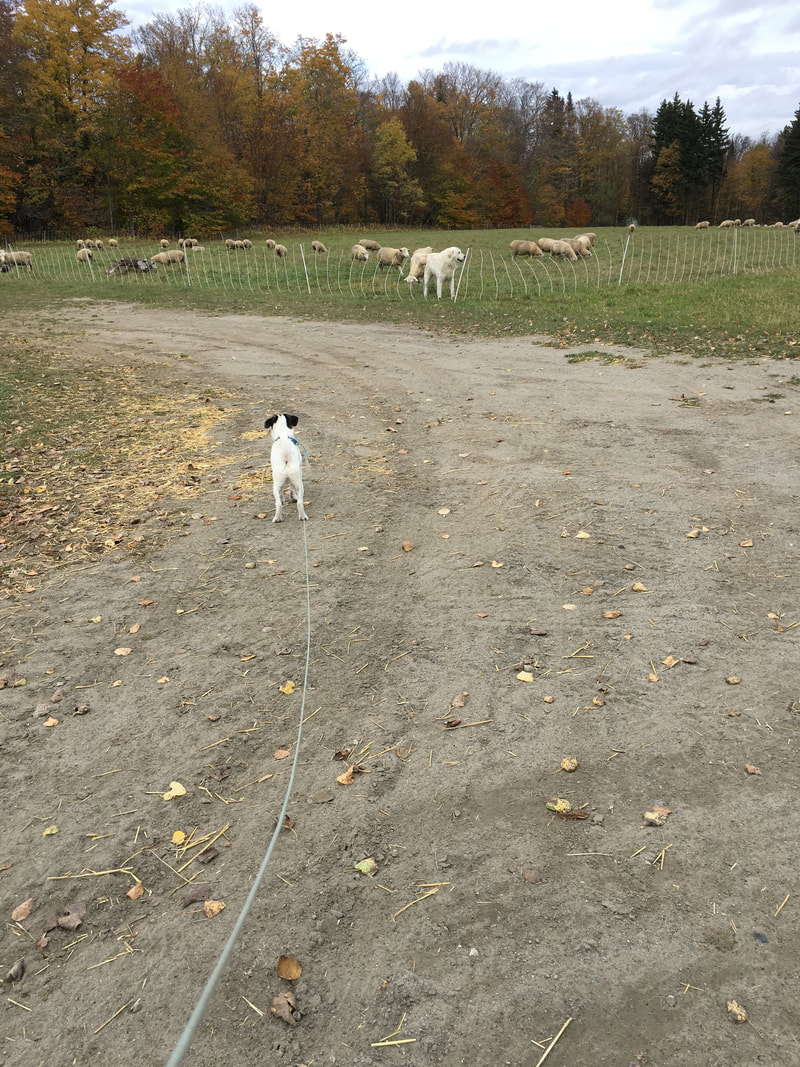|
I have recently realized that my understanding of training rules has done a 180 degree turn over the years. I realized this because I am still using the same phrases, and people I teach are interpreting them the way I used to, rather than what I mean now. Confusing. We frequently use the word "allow" to describe rules, as in "my dog is not allowed on the furniture". Or I might say to a client, "you must no longer allow him to ignore your recalls". This is why my dogs are not allowed to jump on the furniture or into the car unless they are invited! When I looked up the definition of "allow", I read:
If I'm withholding permission, that means I need to have trained him to stay on the floor until I give that permission. That doesn't happen by yelling at him after he's already gotten up there. It happens via the second part of the definition. If I'm not giving him time or opportunity, that means I need to have set up the environment in a way to prevent him from having access to the couch. I use an ex pen...around the couch! Growing up (for a puppy) or settling in to a new home (for a rescue) with habits of sleeping on comfortable dog beds on the floor (in a sun spot or shady spot depending on the temperature) makes it much easier to prevent that couch jumping habit later. During that time you can also teach a calm and reinforcing "off" cue in case the mistake is made (you can see more detail on this in my previous post). When Wilder first moved in with us, he was not "allowed" to chase sheep As to that rule for my clients about not allowing their dogs to ignore recalls, I provide all new clients with a long rope and encourage them to use the same rule I use with new dogs in our family. Note, the rule is FOR ME. That rule is that the puppy or dog is always on a rope when outside until two requirements are met, those being that the puppy turns one year old and has a rock solid recall. In this way, I do not allow the dog to run away. If she is attached to me via a rope, then she is prevented from making that mistake. I keep the rope short enough at first that it's easy to do lots of little recalls with great treats. When the puppy/dog is responding quickly, I can let the rope out a little at a time over many days, weeks and months until that recall is rock solid at great distances and even under great distractions. In this way, I have not allowed the dog to ignore me. Unfortunately, too often what happens is that in fact the people allow the dog to make a mistake and then punish when it does. That is just unfair. Let's look at one of the definitions of "rule":
1 Comment
7/14/2024 09:21:48 am
Hello,, Personally when I first got Max( my dog) growing up it aggression became excessive, he could literally chase anyone and anything, my neighbors were really terrified of Max they won't say it to my face but I could personally smell their fear from miles away as the approach my compound.
Reply
Leave a Reply. |
what's this?Occasionally, I have thoughts I want to share. This may be inspired by a success, a struggle, or a conversation. Thanks for reading! Archives
August 2021
Categories |
Photos from miguel.discart, shixart1985 (CC BY 2.0), Günter Hentschel, skua47, Günter Hentschel, shixart1985



 RSS Feed
RSS Feed